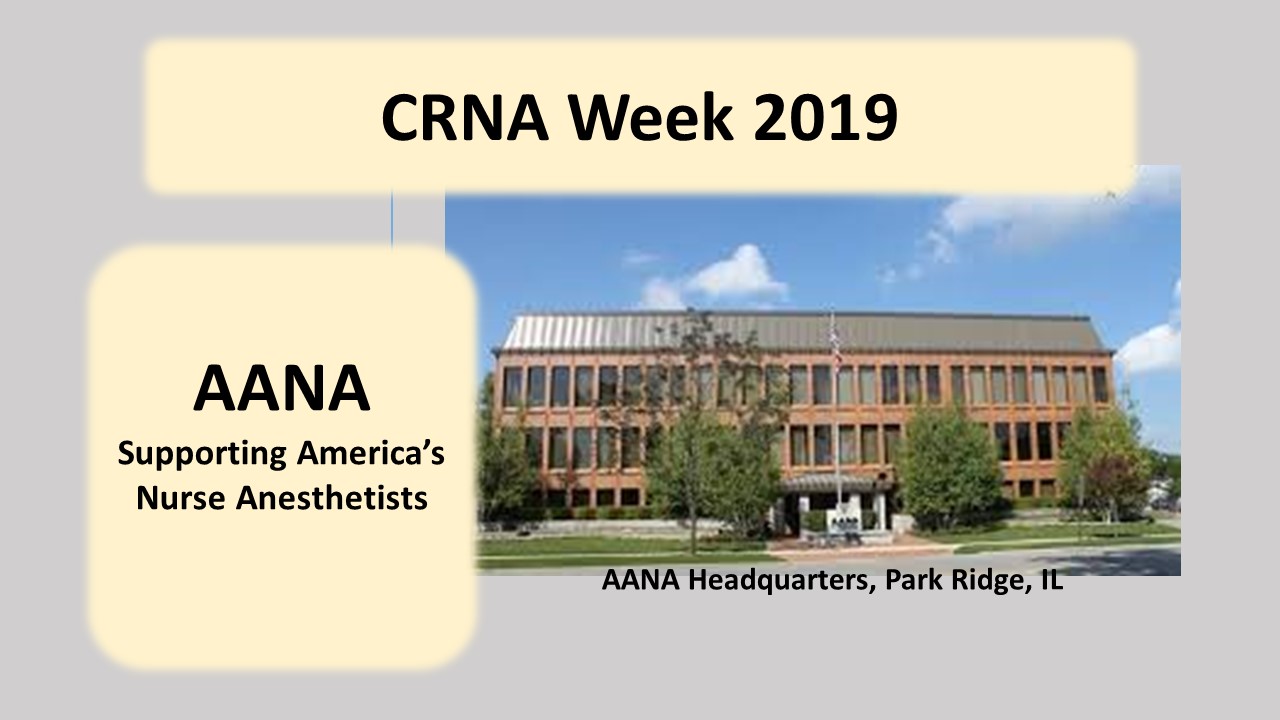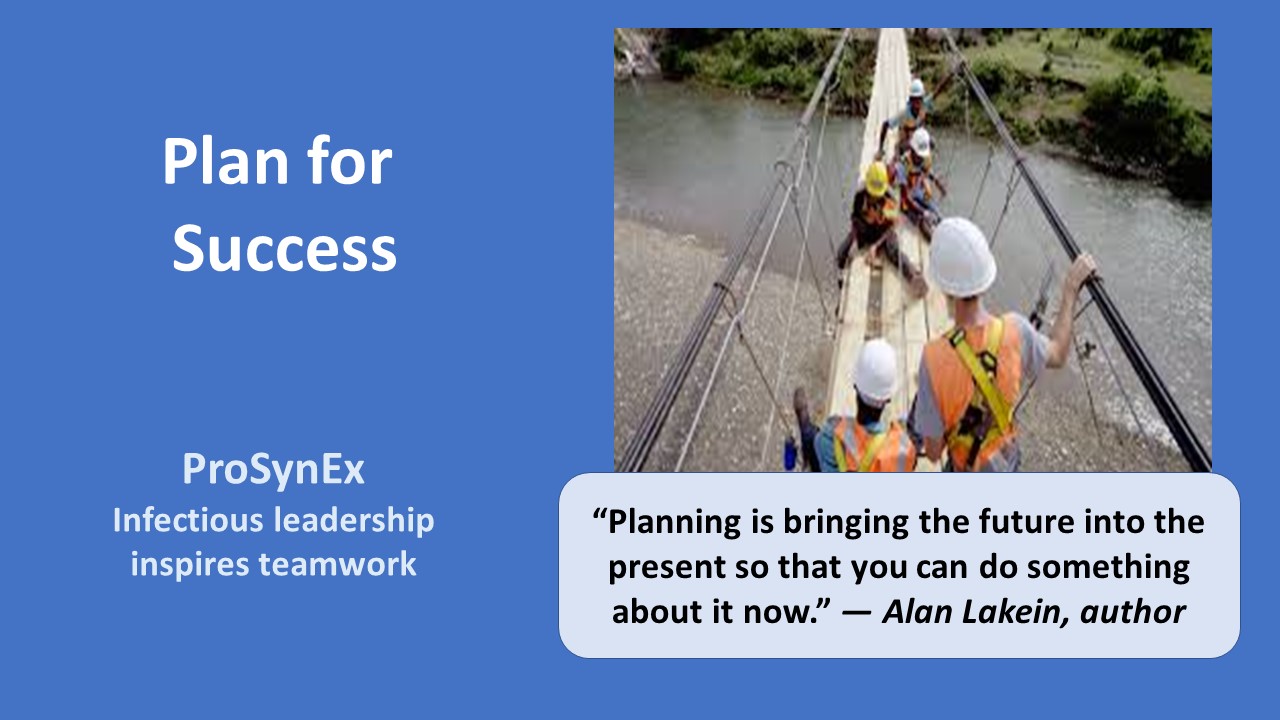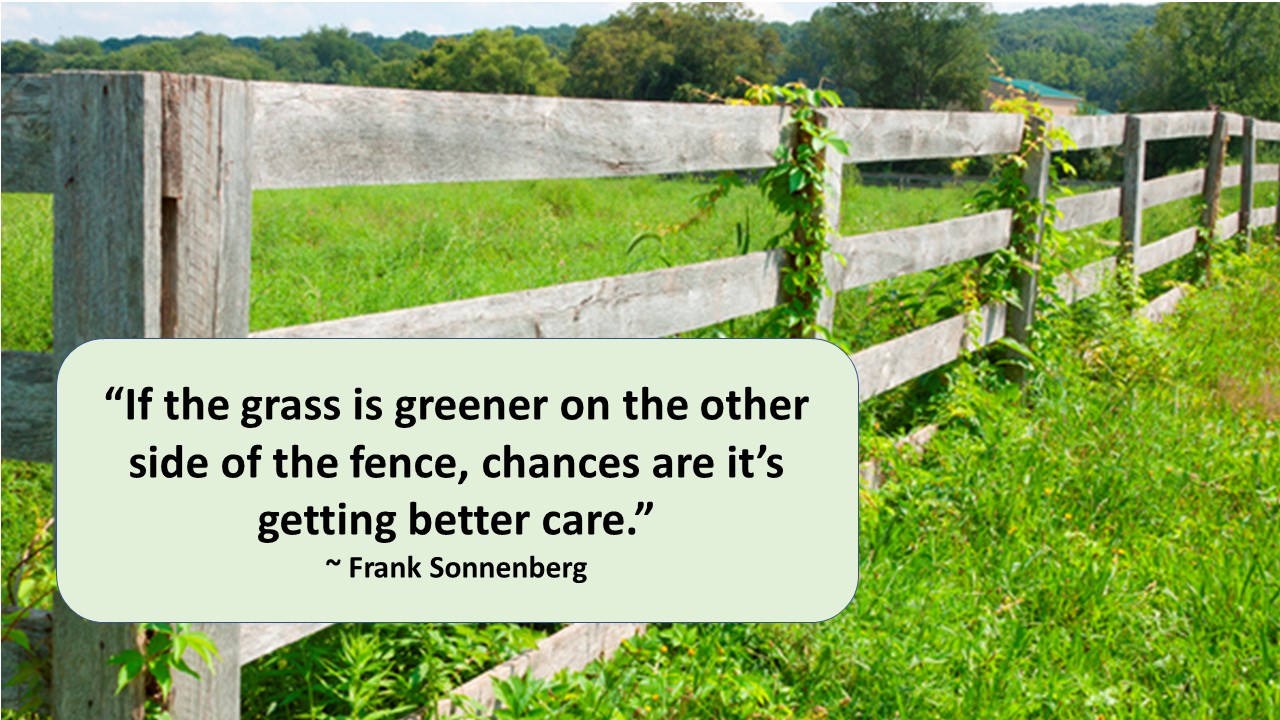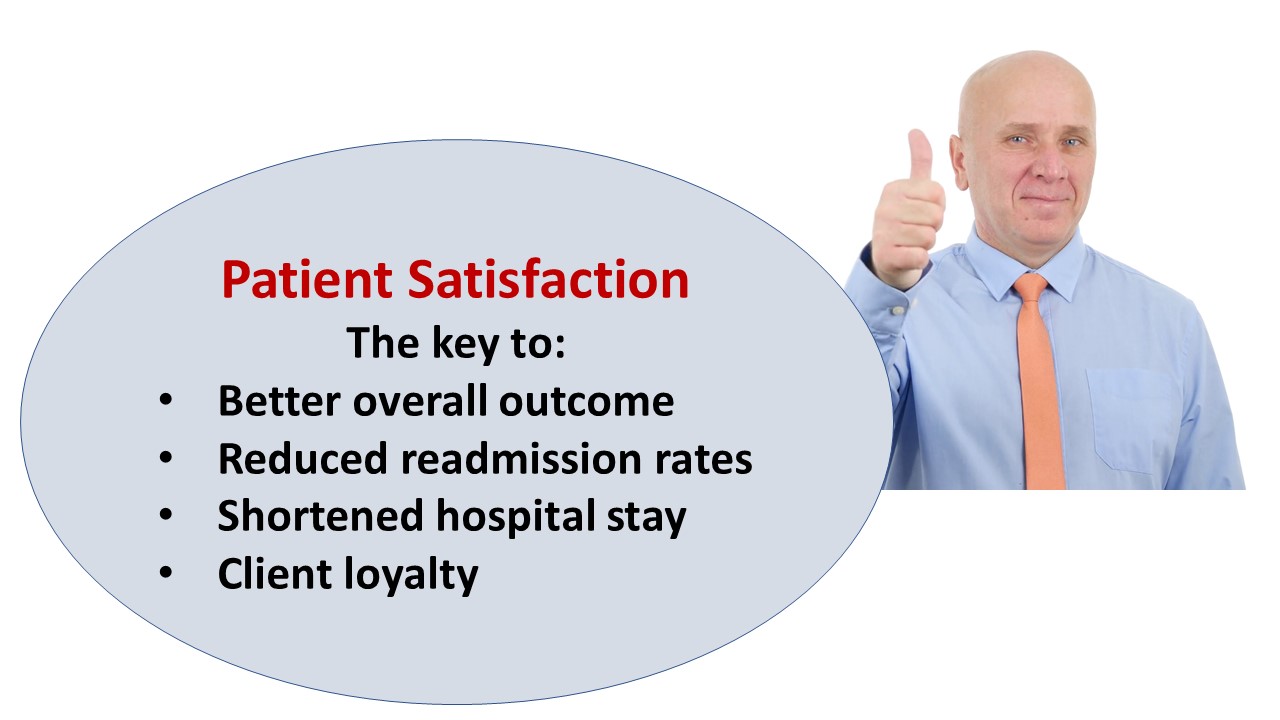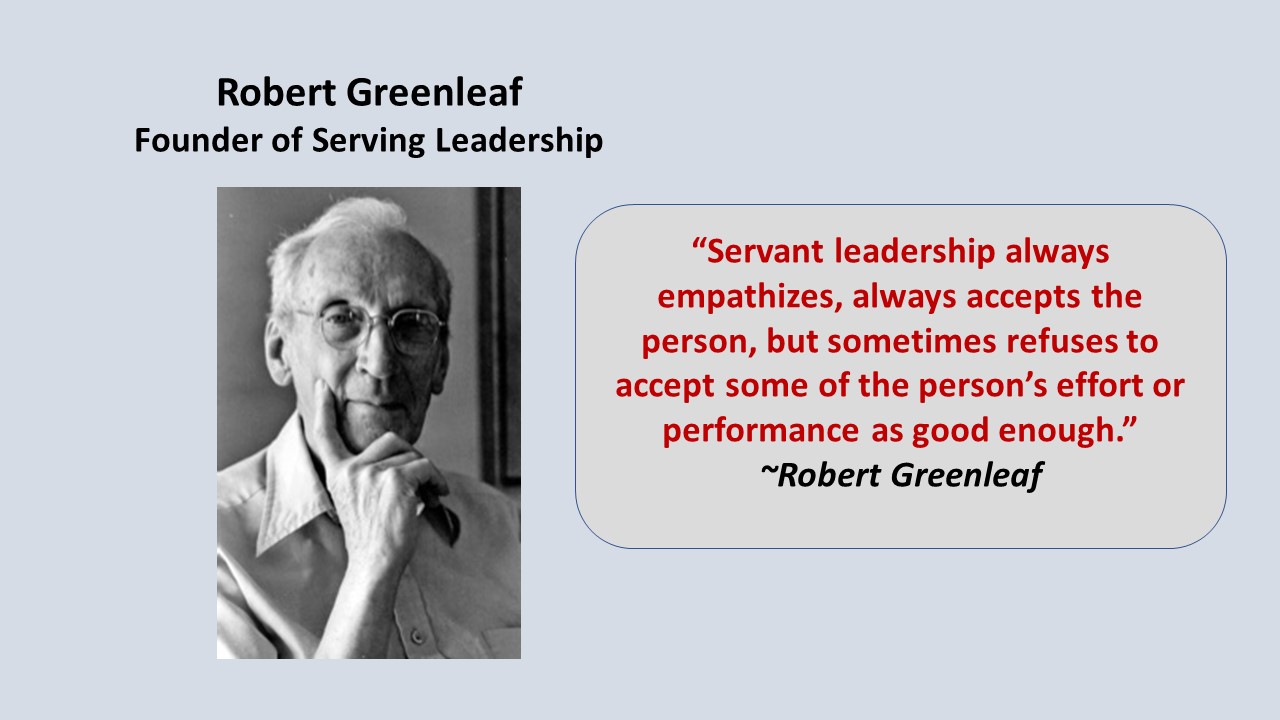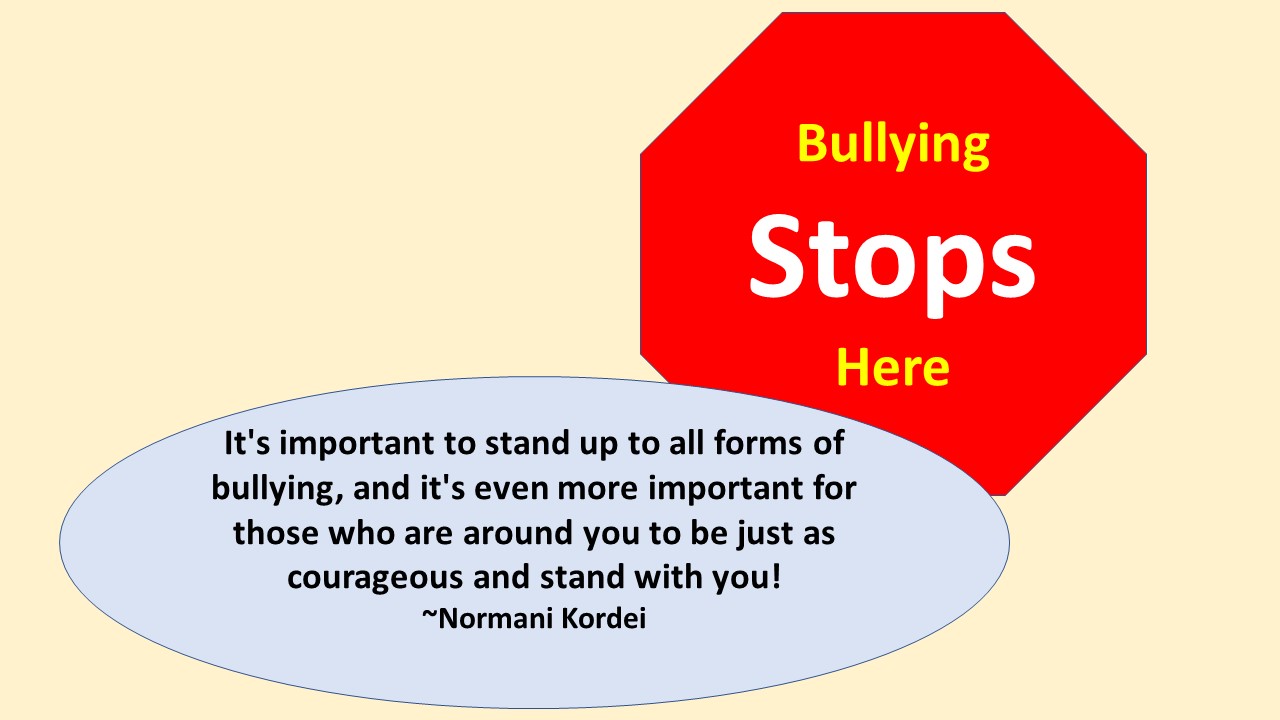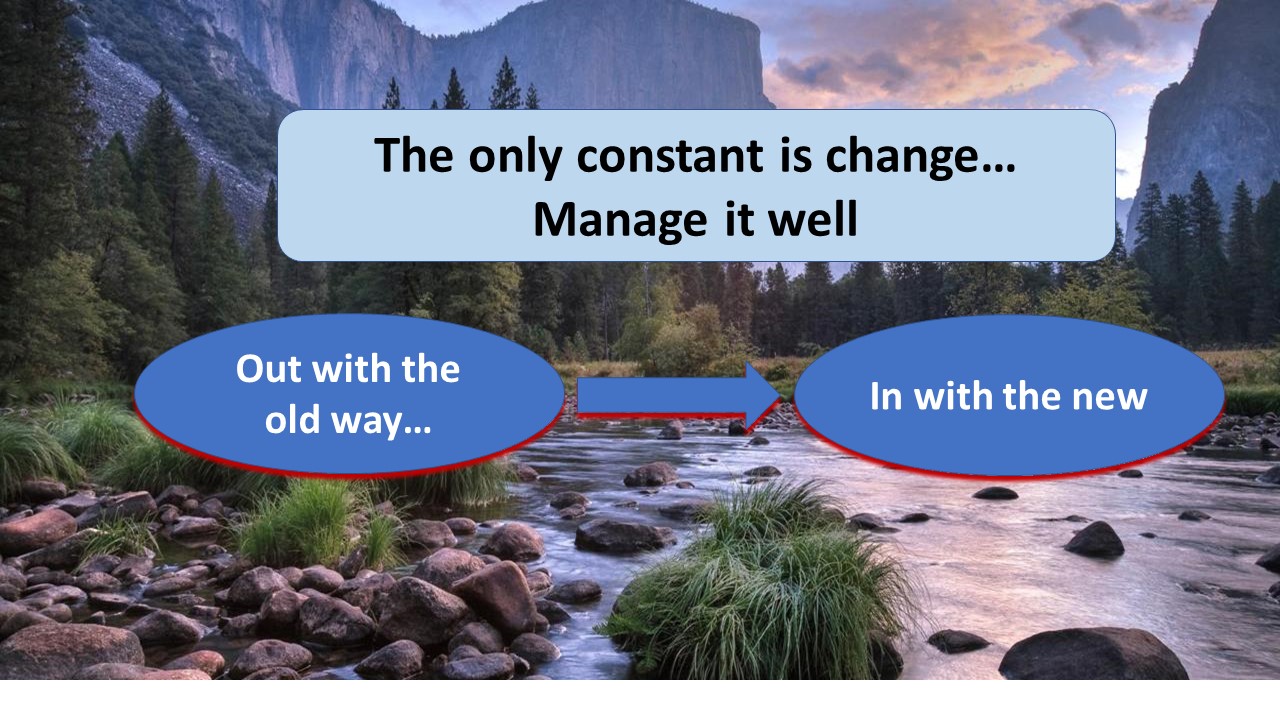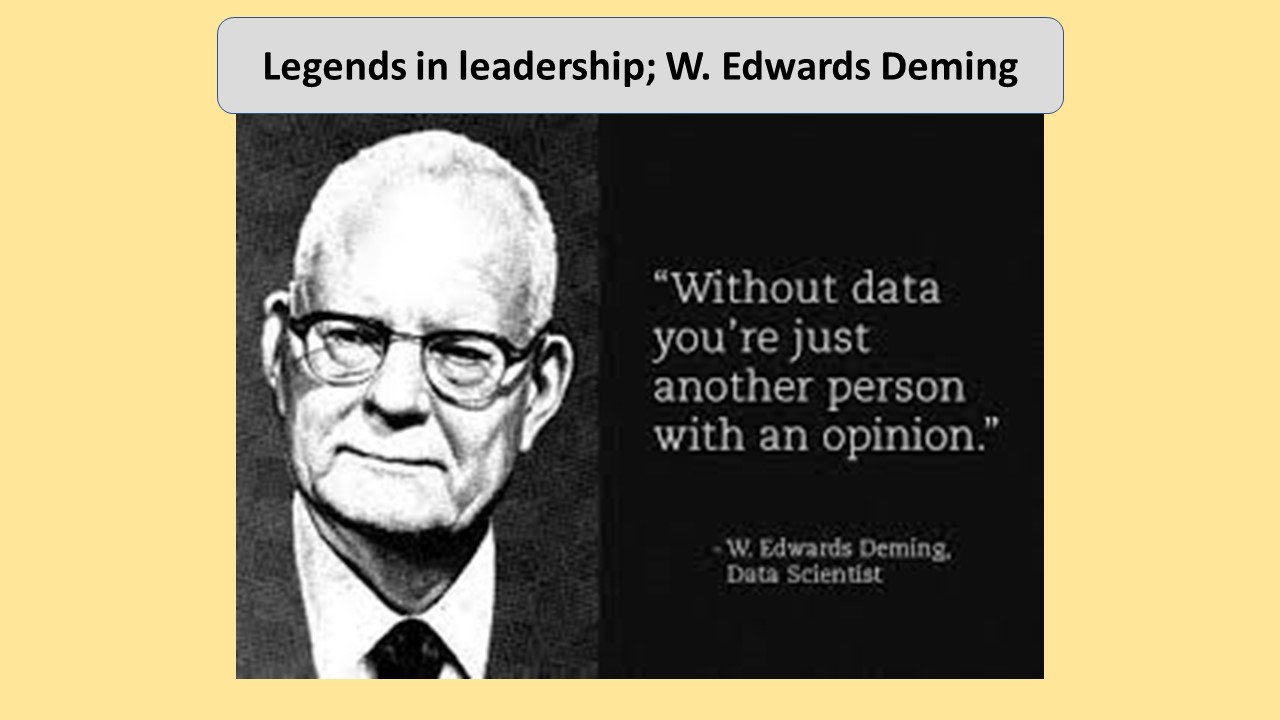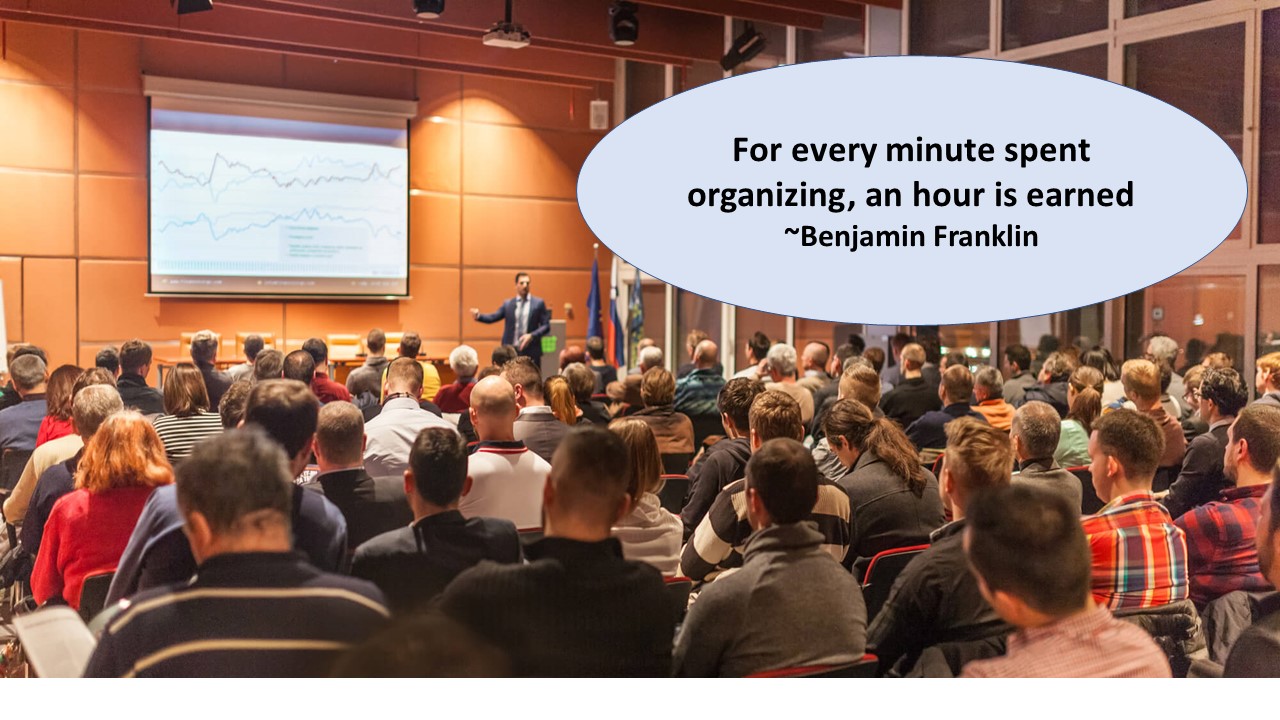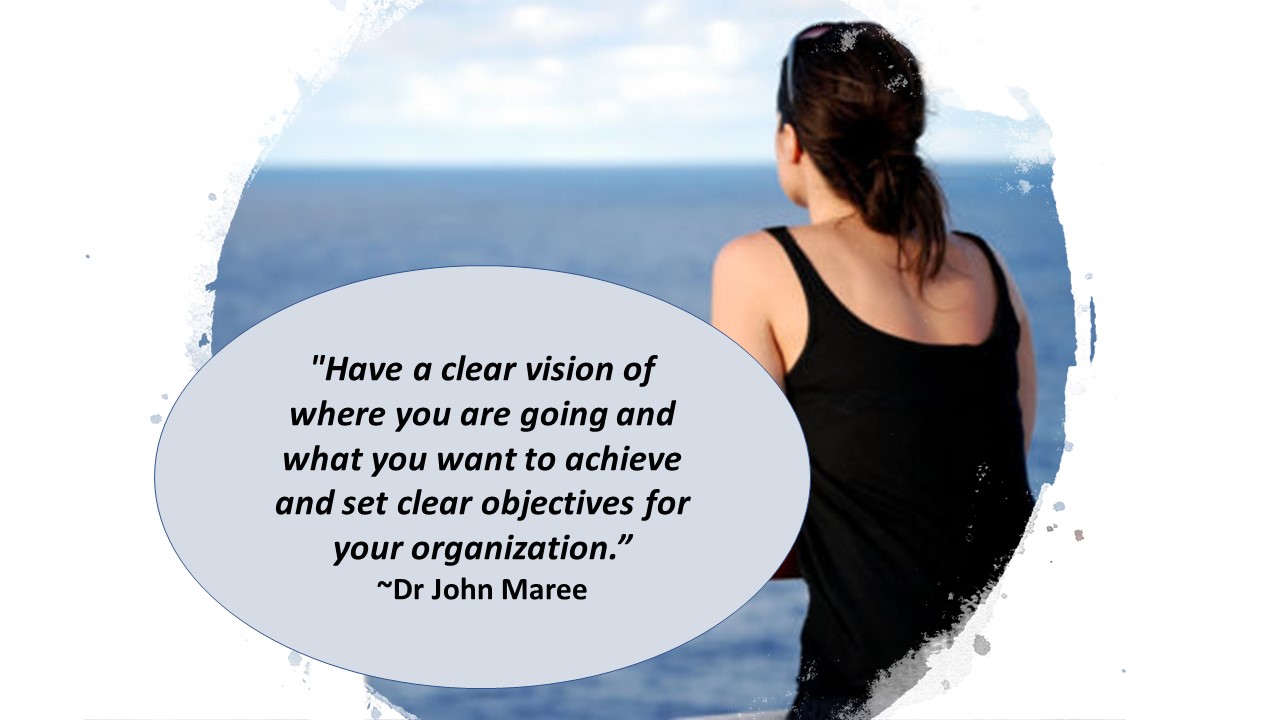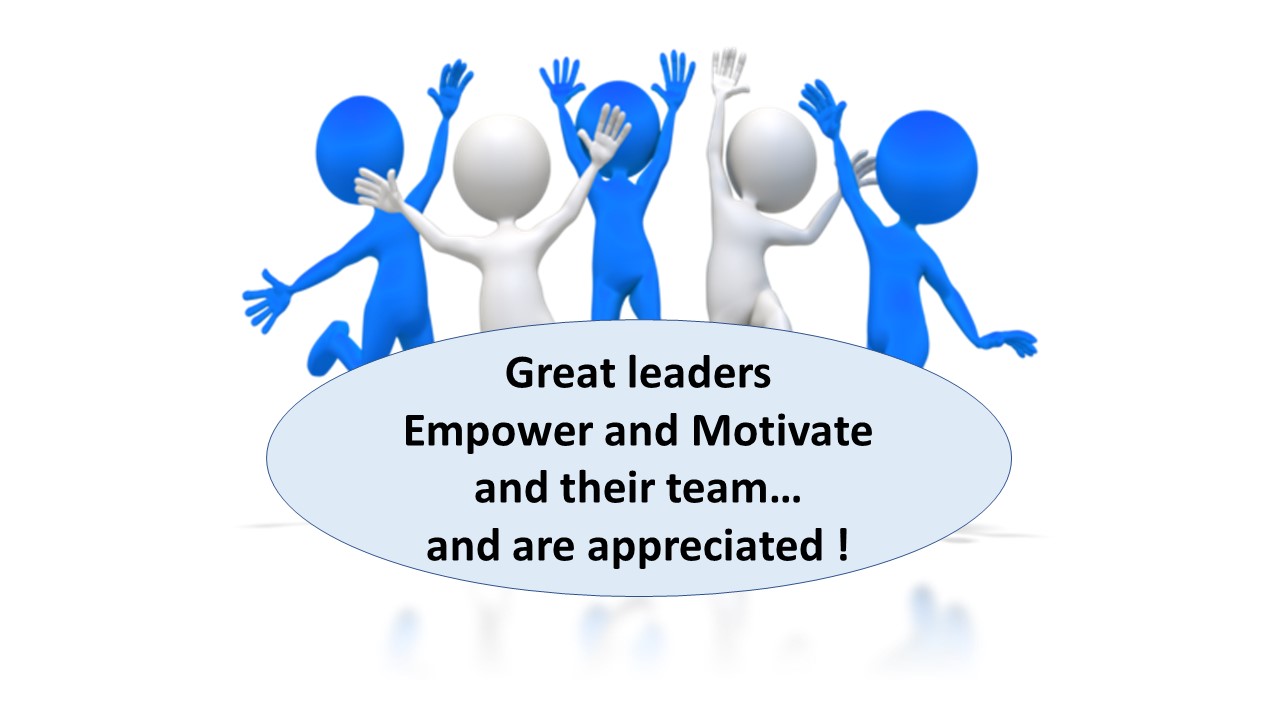By Thomas Davis, CRNA, MAE, DNAP candidate
Follow @procrnatom on twitter
The AANA national headquarters in Park Ridge, Illinois is the nerve center of the organization and a hub for activity designed to enhance the practice of every CRNA and to bring credit to the profession. The team of full time professionals at the home office work diligently to provide a broad spectrum of services for the members.
January 20-26, 2019 marks national nurse anesthesia week (CRNA week), a time to raise the flag in reflection and an opportunity for nurse anesthetists to celebrate and promote their profession. In addition to giving recognition to CRNAs for the valuable service that they provide in the medical community, this special week also spotlights the importance of the professional organization in providing a foundation to support its members.
American Association of Nurse Anesthetists (AANA) is the professional organization representing over 50,000 CRNAs and SRNAs (students) the US. This active, Chicago-based organization plays a vital part in uniting members, creating positive energy, establishing practice standards and ensuring the right of each qualified CRNA to work to the full extent of his/her capability.
Since it’s founding in 1931, the AANA has fulfilled a vital service to the members through its focus on uniting CRNAs, keeping them informed, and providing opportunities for each individual to experience a lifetime of personal growth.
- Professional development. The professional practice division of the AANA is a repository of valuable information related to every aspect of the clinical practice of anesthesia. The division publishes a professional practice manual and has sample policy/procedure suggestions for many of the common areas of practice. In addition, the division sponsors workshops to address specific practice skills such as the use of ultrasound in the placement of nerve blocks. Ewa Greenier, director of professional practice, welcomes queries from members and provides answers to common questions related to the practice of anesthesia.
- Publications. An AANA journal is published and available both by mail and online to active members of the organization. The magazine contains a wealth of evidence-based research including a journal course that provides continuing education credit. The AANA Newsbulletin, is the printed platform for the AANA President and Board of Directors to update all of the members with timely information.
- Annual Congress. Yielding still another opportunity for professional growth, the annual AANA congress provides the stage to personally hear from and talk with leaders in every area of practice, learning from the best. Networking opportunities abound at the national meeting and post meeting follow-up extends the relationship throughout the year.
- Professional support. The professional organization supports not only the clinical practice of the members, but the business aspect of practice through insurance and legal advice. The AANA sponsors workshops designed to inform members about the business of anesthesia.
- Research. An important aspect of being in a homogeneous consortium is the expectation that it will add to the body of knowledge related to their field of expertise. The AANA Foundation plays a crucial role by sponsoring independent research related to the practice of anesthesia. Foundation dollars have sponsored large-scale professional research to document the safety and cost effectiveness of CRNA practice and has also funded studies done by students.
- Mentoring. Opportunities abound for experienced members to share their knowledge with neophytes via the AANA. Adopting students at the Annual congress, sponsoring students at State meetings and connecting online are all opportunities for connecting and developing mentoring relationships. Online webinars open the door for members at all levels of experience to learn from content experts related to every aspect of practice.
- Jobs. Professional organizations are in a unique position to unite applicants with potential employers. Job boards abound on State association web sites and meetings are fertile ground for those seeking employment to connect with the next boss.
Here’s what CRNAs are doing to celebrate CRNA week
The public relations department at the AANA and state CRNA associations work full time to promote the practice of nurse anesthesia and showcase the important talents that members provide to the patient population that they serve. The PR department offers promotional material for CRNA week and offer suggestions to help local workgroups and state organizations promote themselves. Below is a sample of projects designed to honor CRNAs during their special week.
Radio interview. CRNAs from Mississippi and Alabama have been interviewed by local radio stations. The on-air discussions highlighted the education and skills of CRNAs as well as the vital role that they play, especially in rural communities.
Video promotion. The Michigan association of Nurse Anesthetists and the US Military are two organizations that have released videos to promote the profession year around. Click on the names and view the videos.
Official proclamations by the Governor. State associations from Illinois, Louisiana, Michigan and Mississippi have all received official proclamations signed by the Governors of their respective states. By the time CRNA week arrives, the list will be much larger.
Legislator visit to the OR. Members of the Texas association of Nurse Anesthetists arranged for local legislators to visit them at Northwest Hospital in Amarillo, TX. and learn about the important role CRNA play in rural healthcare.
Community service projects. CRNAs tend to be generous with a desire to make their local communities a better place. Community service projects ranging from local food kitchens and the Ronald McDonald house to high school career day, and wounded warier events are some of the activities done by CRNAs that build positive relationships with the community and give recognition to the profession.
Team building “extraclinical” activities. During CRNA week, workgroups around the country gather for team building activities as well as happy hours, lounge celebrations, attendance at local entertainment events or participation in group walks.
These examples only scratch the surface of the projects done by nurse anesthetists to promote CRNA week. Share your CRNA week activities with colleagues by using the comments box at the end of this article to describe your project.
CRNA week is a time for recognition of the valuable work done by nurse anesthetists. In addition to receiving recognition for their work, it is also a time for CRNAs to reflect and appreciate the value of their professional community. CRNA week puts nurse anesthetists in the spotlight and gives them a platform for connecting with their medical institution and their community. The symbiotic relationship of each individual nurse anesthetist with the patient population and the professional organization is in focus annually during the third week of January – CRNA week.
Tom is a clinical anesthetist, author and speaker committed to promoting nurse anesthetists as leaders in the healthcare industry.
